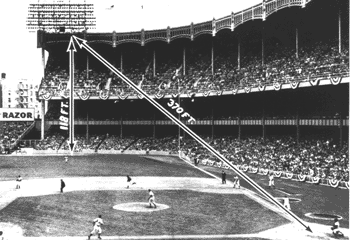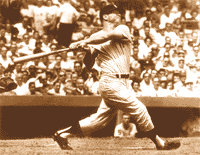Andrew2382
Gold Member
- Oct 1, 2008
- 3,994
- 551
- 153
Ok, let me shoot these numbers out and you tell me if they are HoF material
20 Seasons
569 Games
3.46- ERA
214 Wins
146 Loses
1.13 Whip
3116 Strikeouts
Hall of Fame numbers?
Name is reserved till I see answers
20 Seasons
569 Games
3.46- ERA
214 Wins
146 Loses
1.13 Whip
3116 Strikeouts
Hall of Fame numbers?
Name is reserved till I see answers



